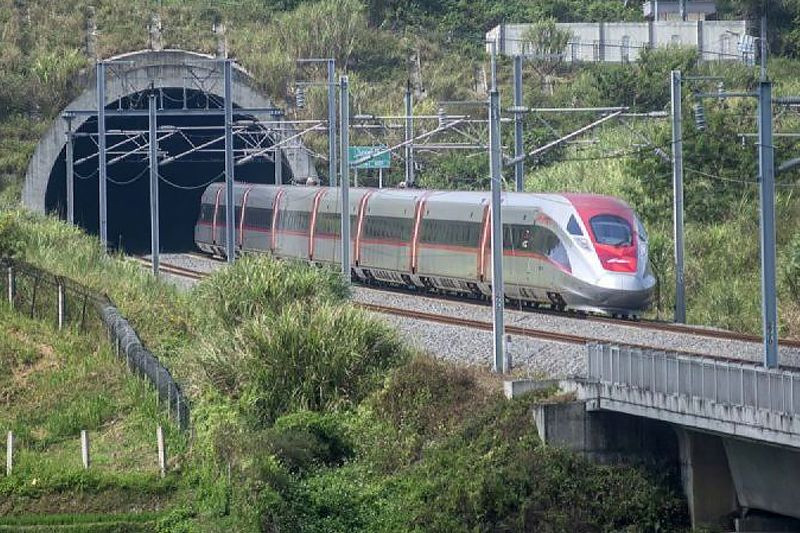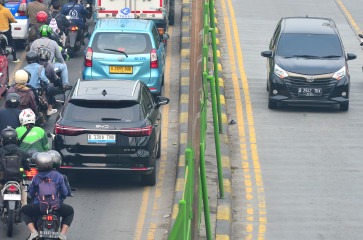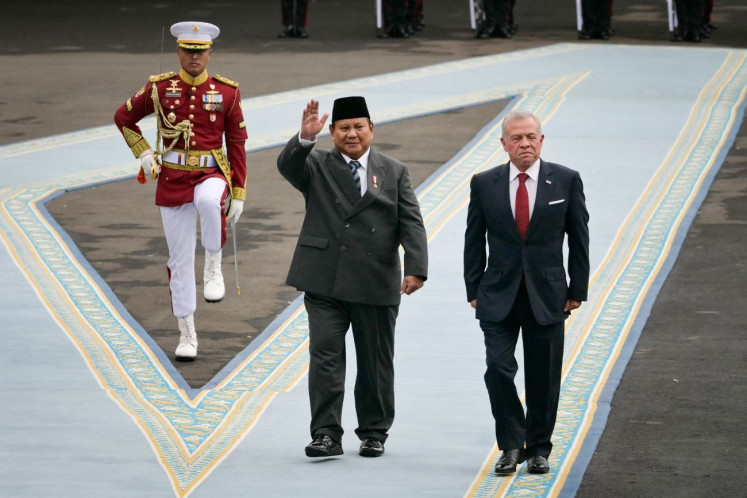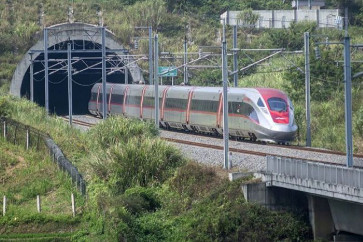Popular Reads
Top Results
Can't find what you're looking for?
View all search resultsPopular Reads
Top Results
Can't find what you're looking for?
View all search resultsWhoosh and the missing ingredients of development-led infrastructure
There is a policy vacuum in the land use and zoning of the Jakarta-Bandung high-speed railway project, as most developments along the route focus on real estate rather than multimodal access or job creation.
Change text size
Gift Premium Articles
to Anyone
W
hen critics call the Jakarta–Bandung high-speed railway, or Whoosh, a fiscal burden, they are not entirely wrong. The project’s debt, cost overruns and underwhelming ridership have put the government in a tight spot.
The government has argued that Whoosh was not meant to be a demand-led project, but a development-led one. However, Whoosh seems to be missing the key ingredients that make development-led infrastructure successful.
Unlike demand-led infrastructure, the development-led approach aims to create demand and stimulate economic activity. With only 10.7 million passengers in two years, around 20 percent of Java’s intercity train ridership in 2025, Whoosh was expected to “create” demand rather than respond to it. By cutting travel time between Jakarta and Bandung to less than 45 minutes, it sought to encourage people to live, work, invest and spend along a new economic corridor.
The idea of development-led infrastructure has long been popular among advocates of regional equity. Japan’s Shinkansen helped establish new economic epicenters in cities such as Hamamatsu and Sendai. Empirical studies show that new Shinkansen lines significantly expanded interregional accessibility and passenger volumes, revitalizing regional economies and increasing overall mobility even in peripheral areas.
Similarly, India’s Delhi–Mumbai Industrial Corridor (DMIC) was designed to connect satellite cities and stimulate manufacturing-led growth. The project created new industrial nodes and logistics hubs along the 1,500-kilometer corridor.
Yet, as Columbia University researcher Ruju Joshi notes in her study of Dholera Smart City, the DMIC also revealed the limits of development-led planning when infrastructure outpaces actual demand and governance lags behind. Dholera’s vast but underused facilities stand as a cautionary tale: building ahead of demand can easily turn into stranded infrastructure when institutional coordination and spatial planning are weak.
In both Japan and India, two fundamentals determined success or failure. First, the infrastructure had to serve genuine or untapped economic potential. Second, the policies surrounding it had to be coherent and proactive.



















